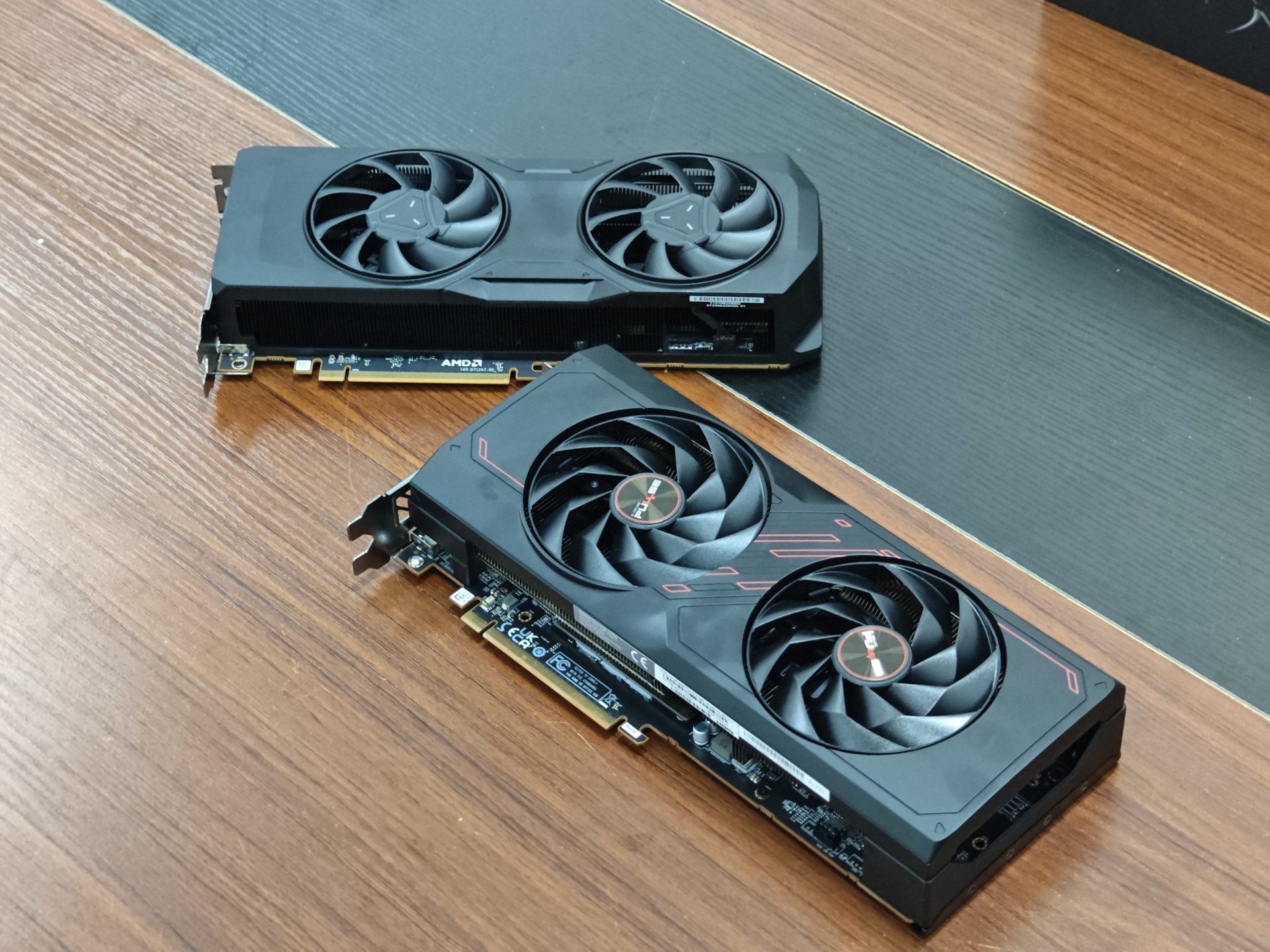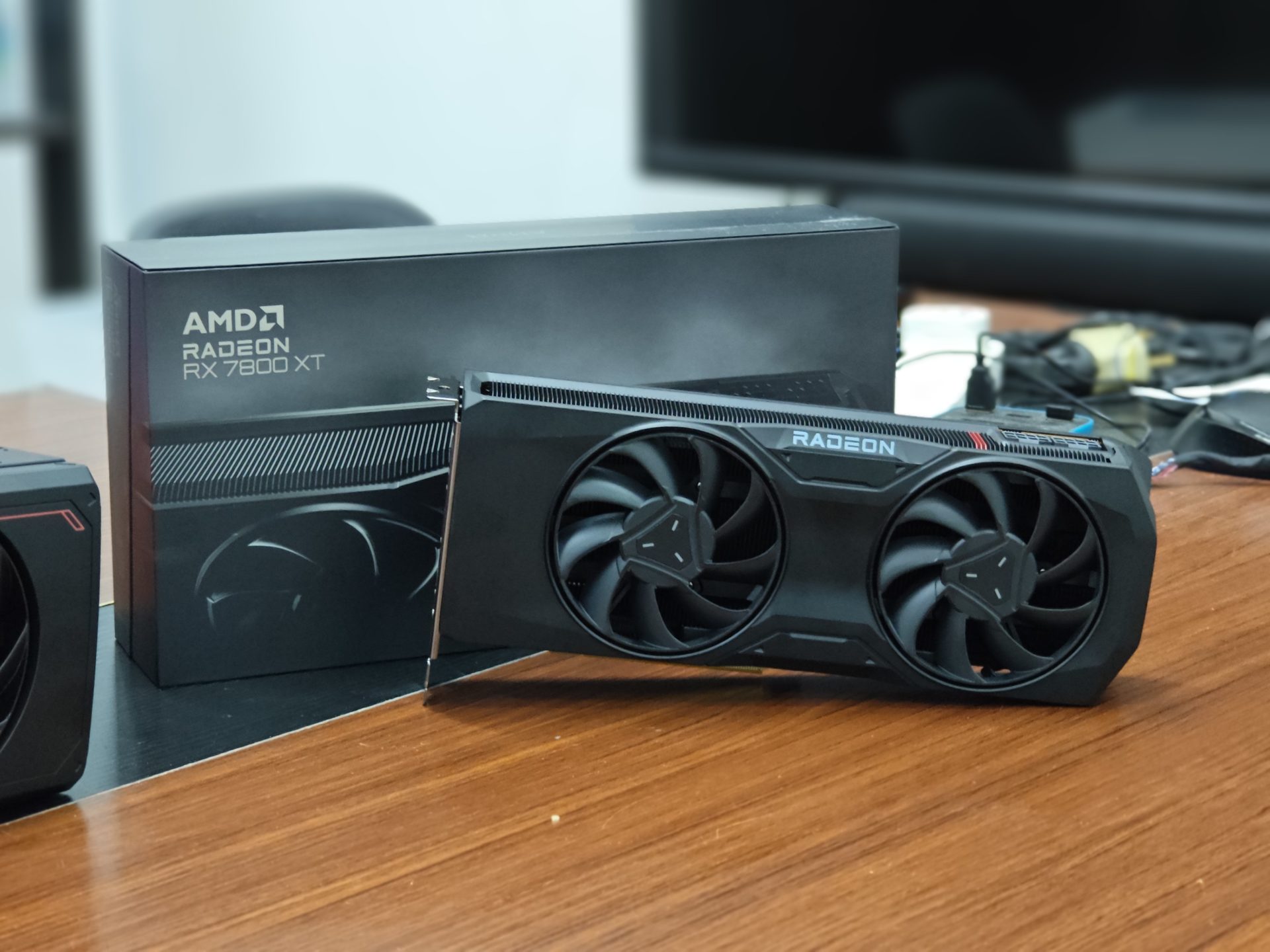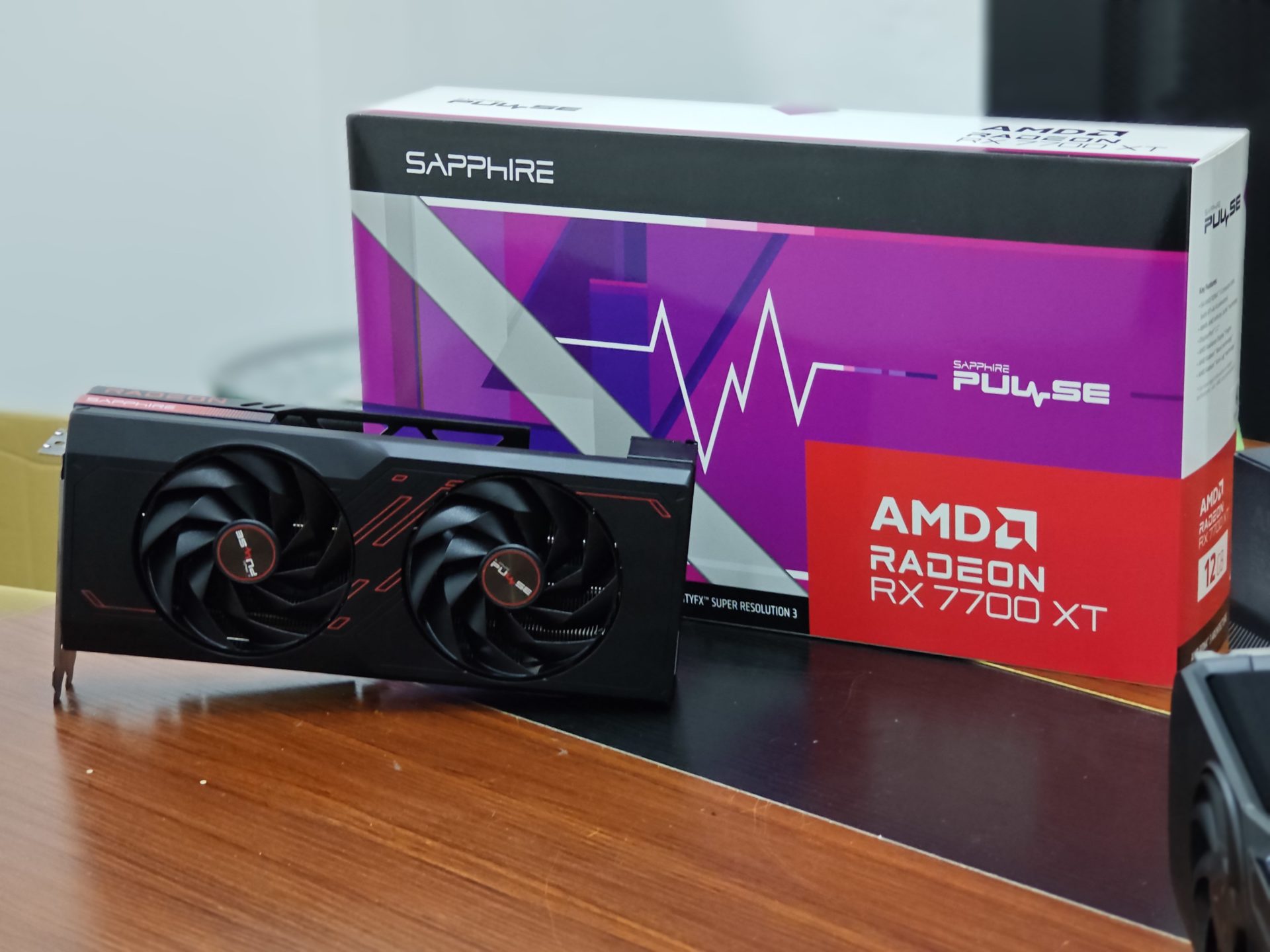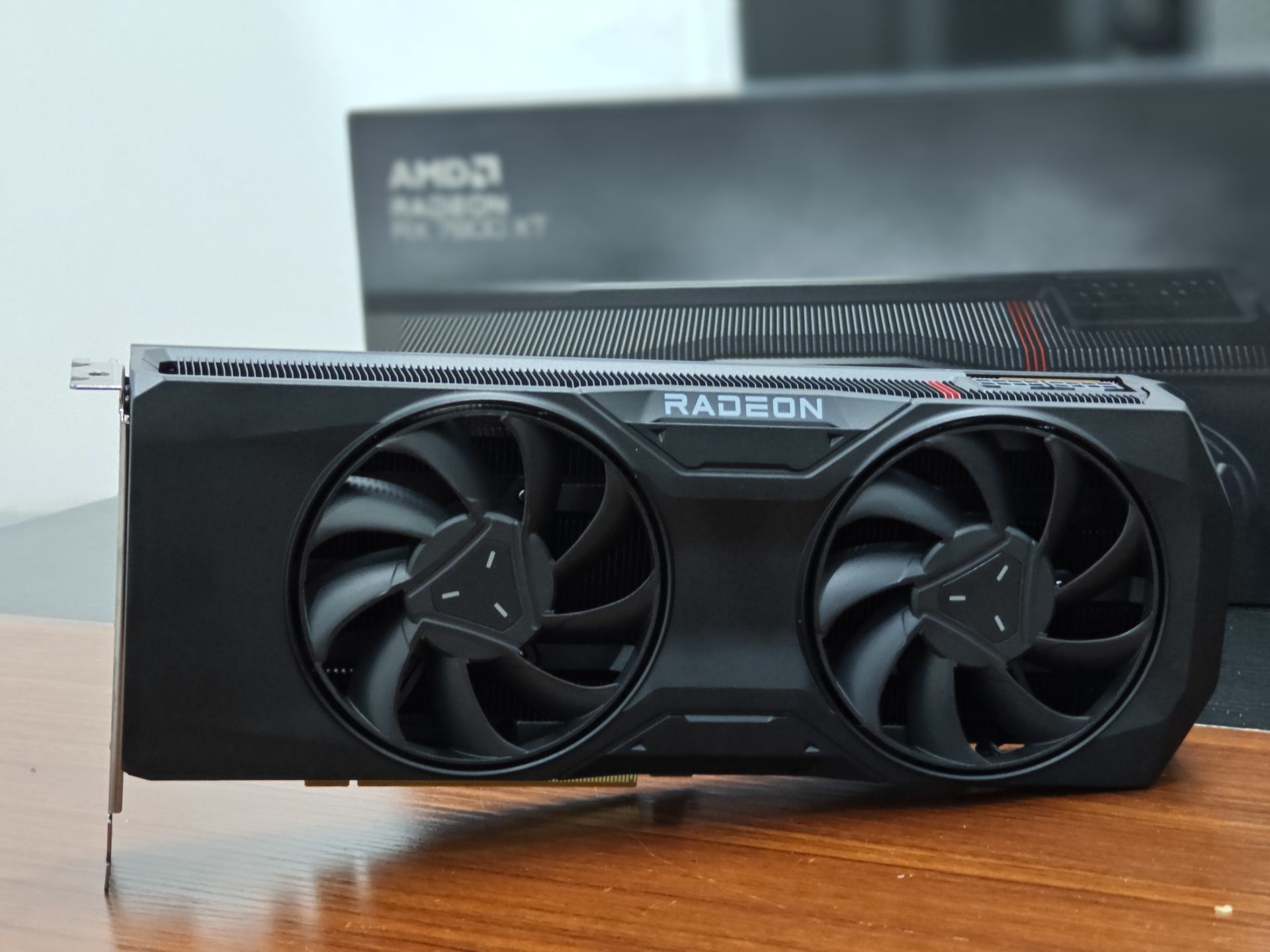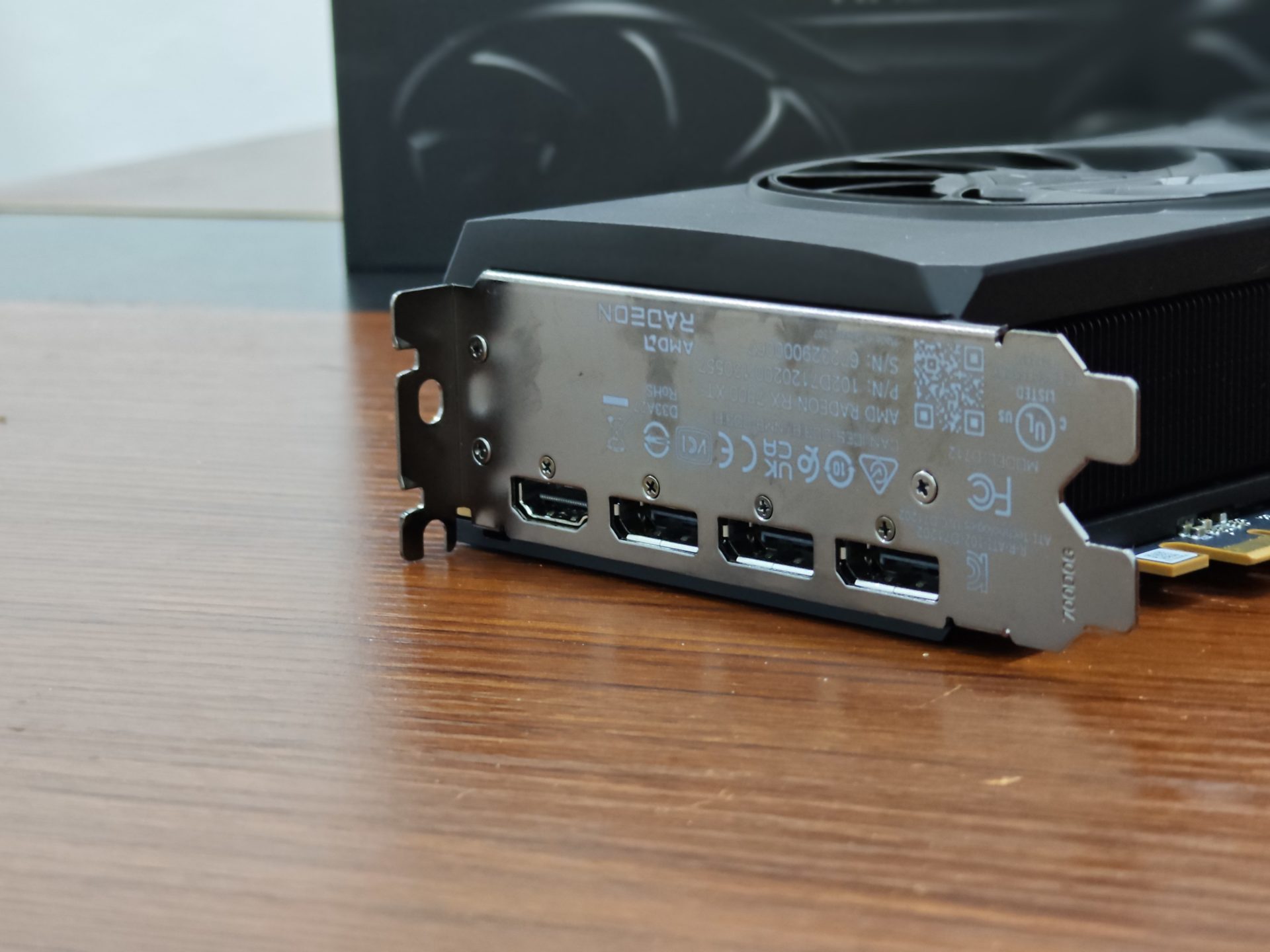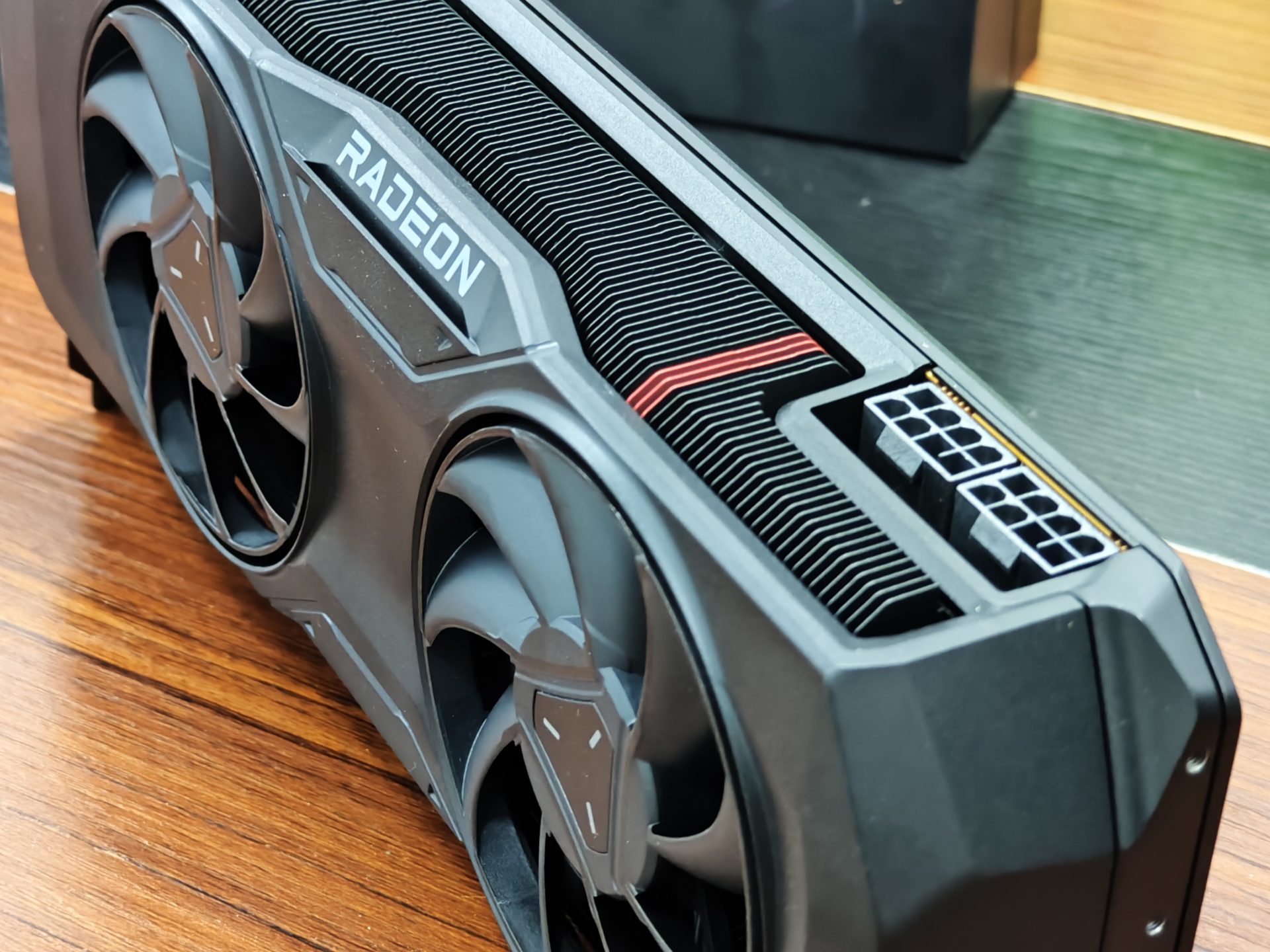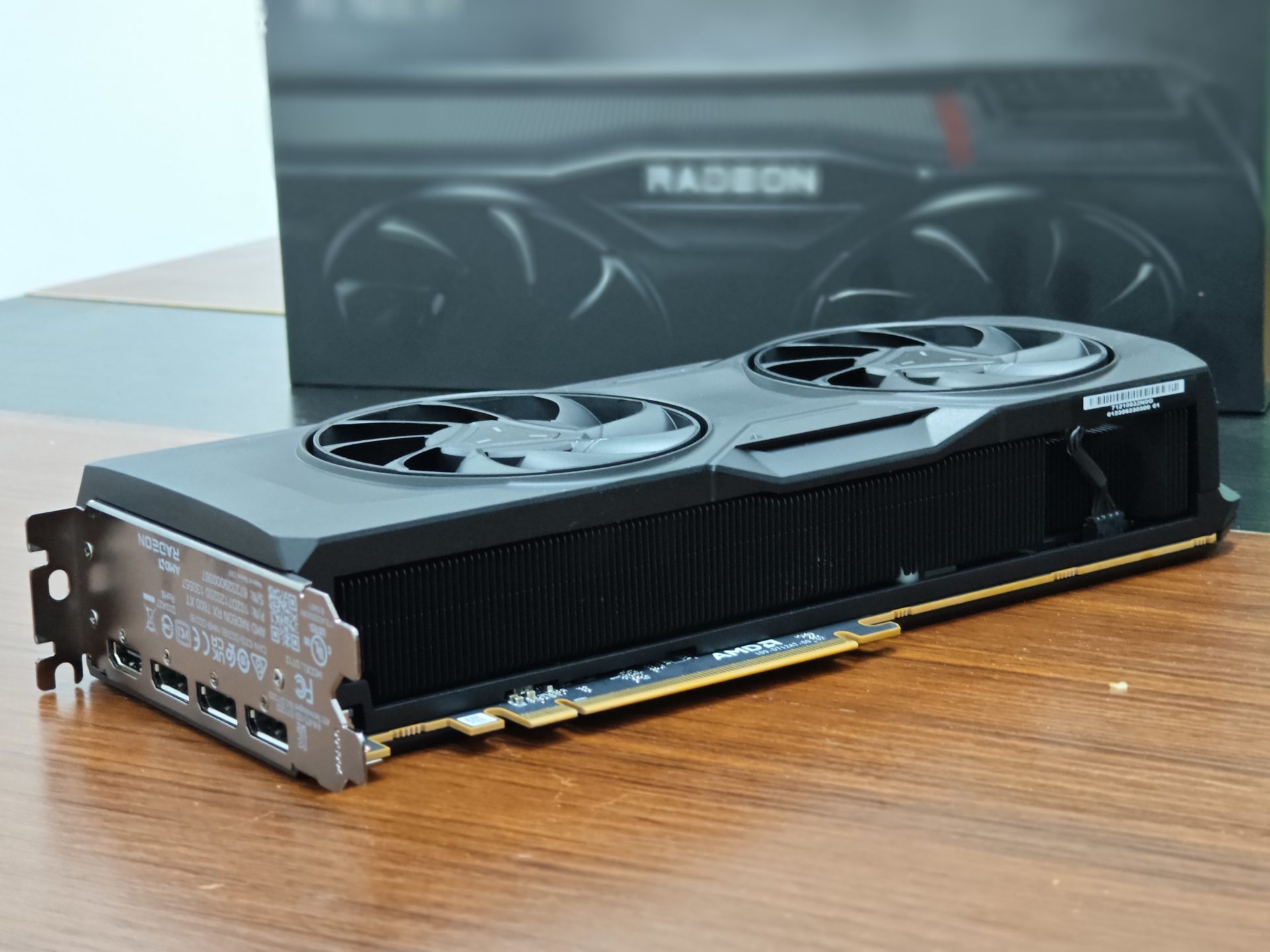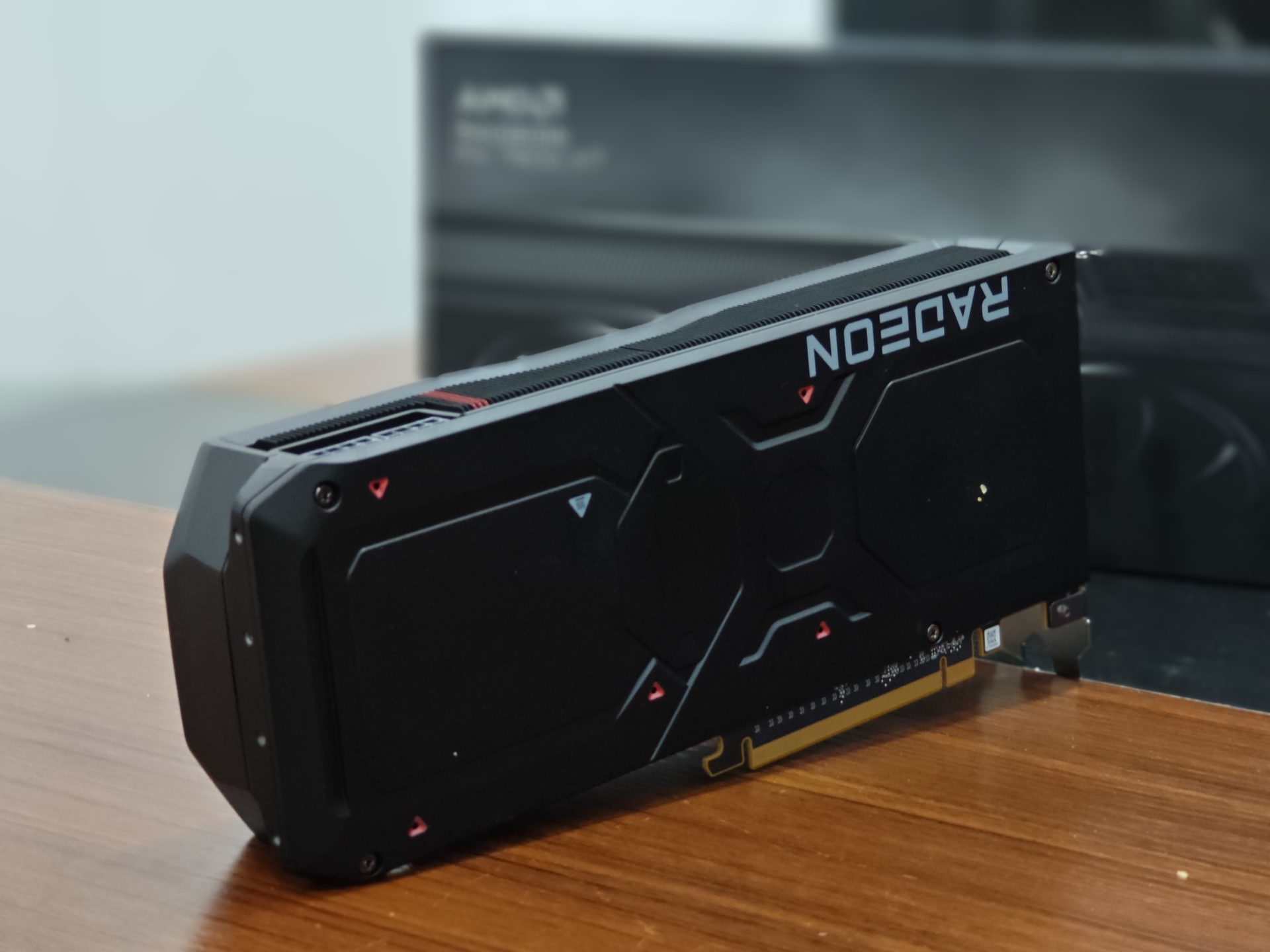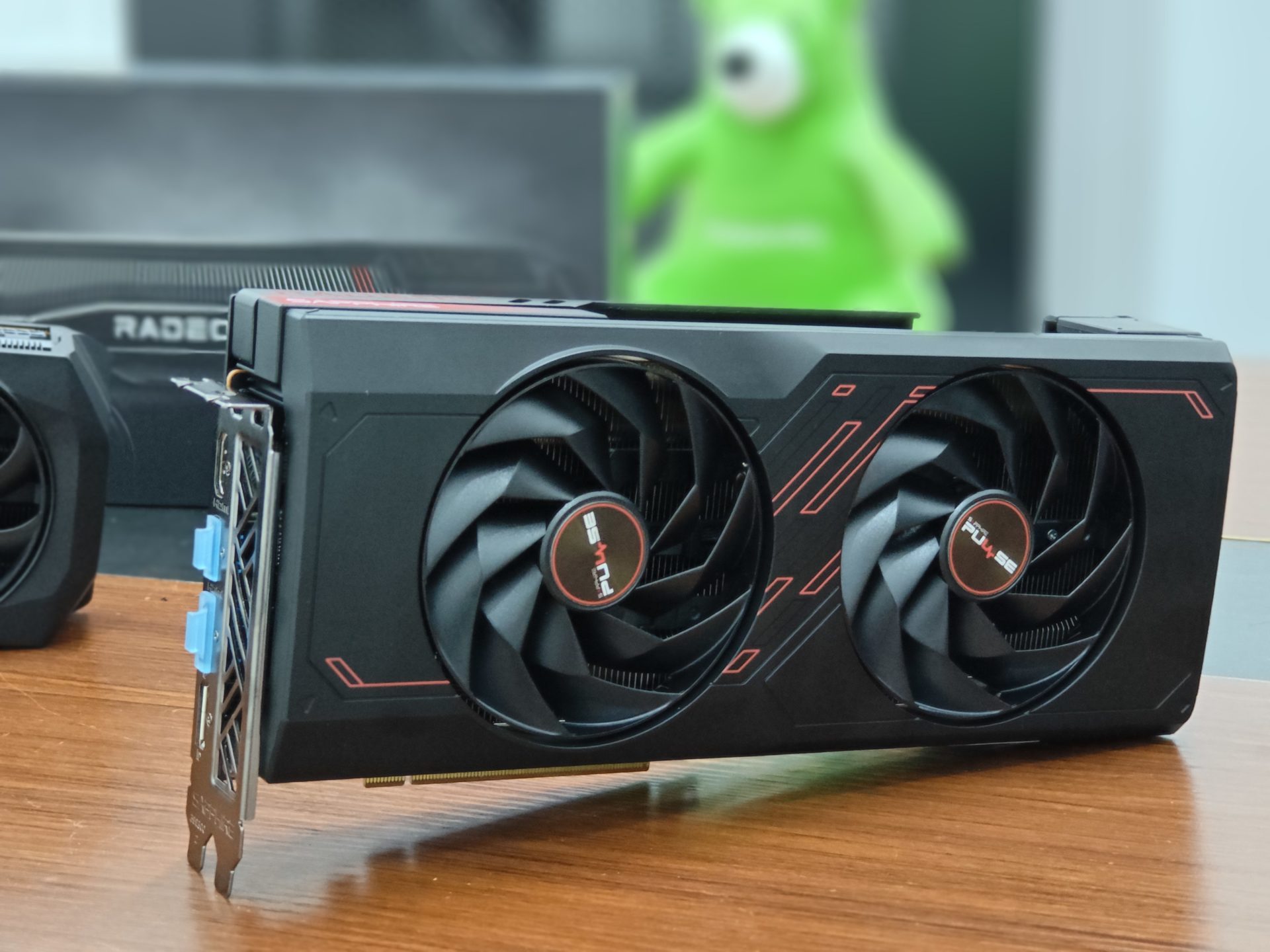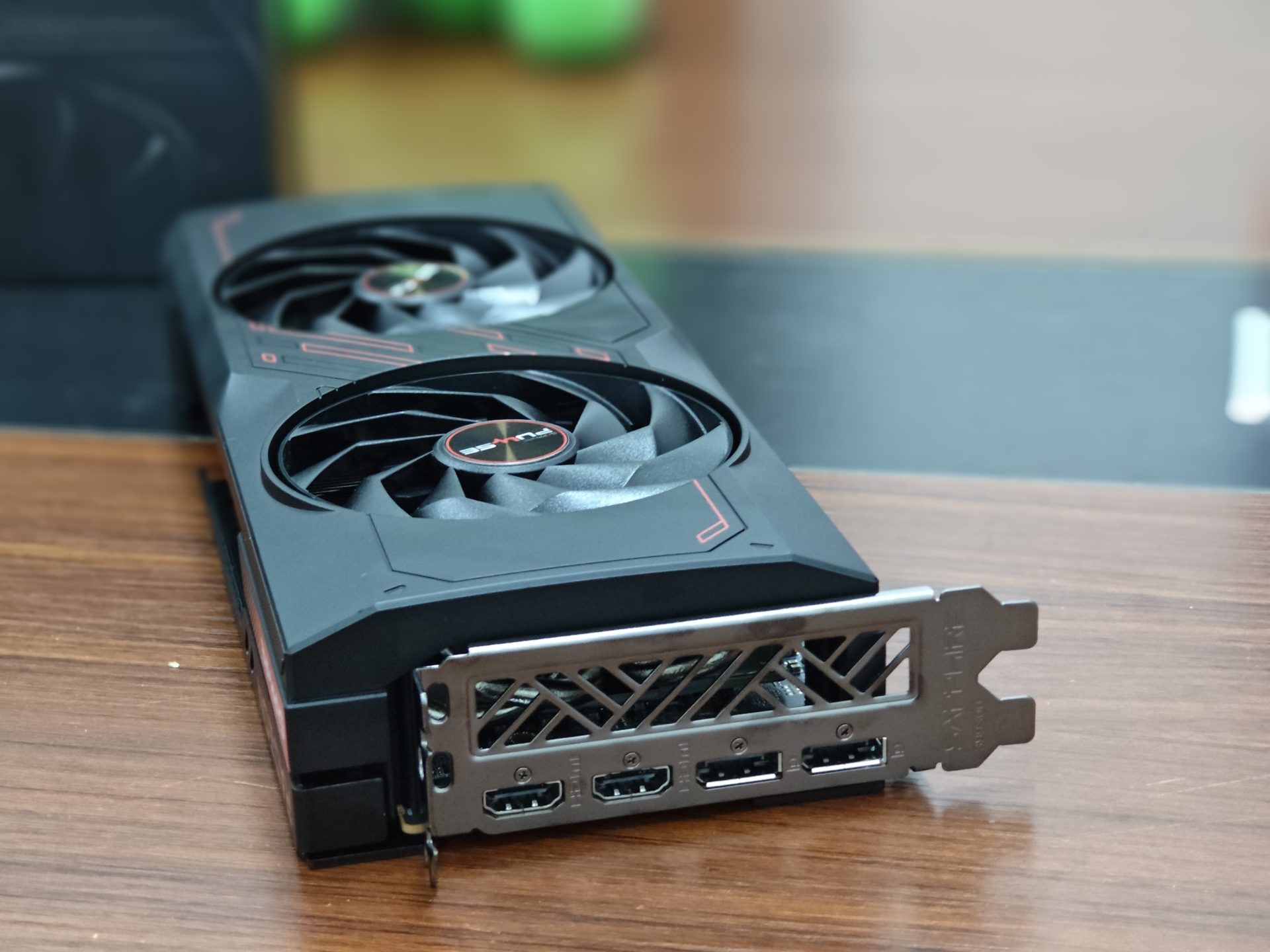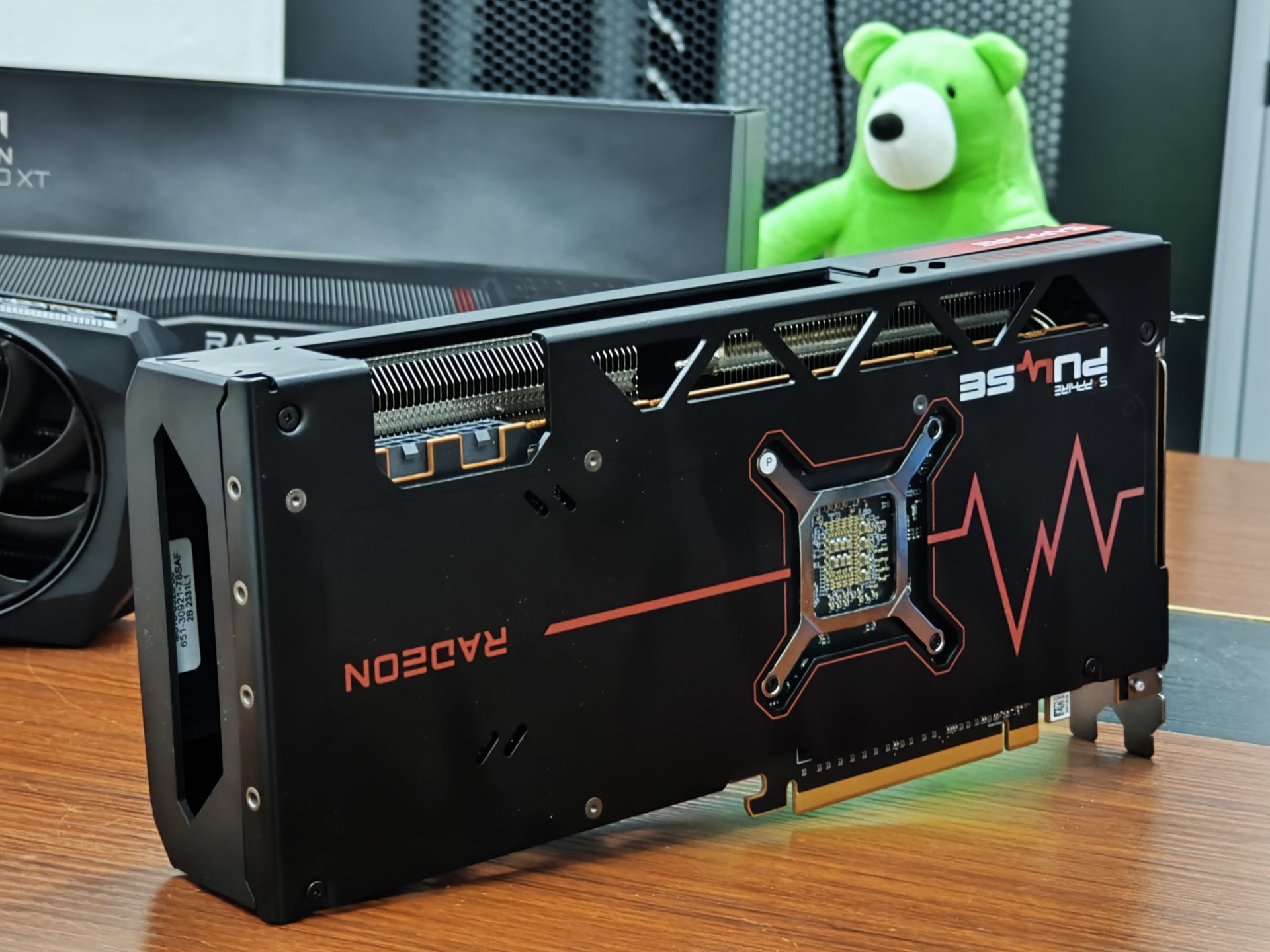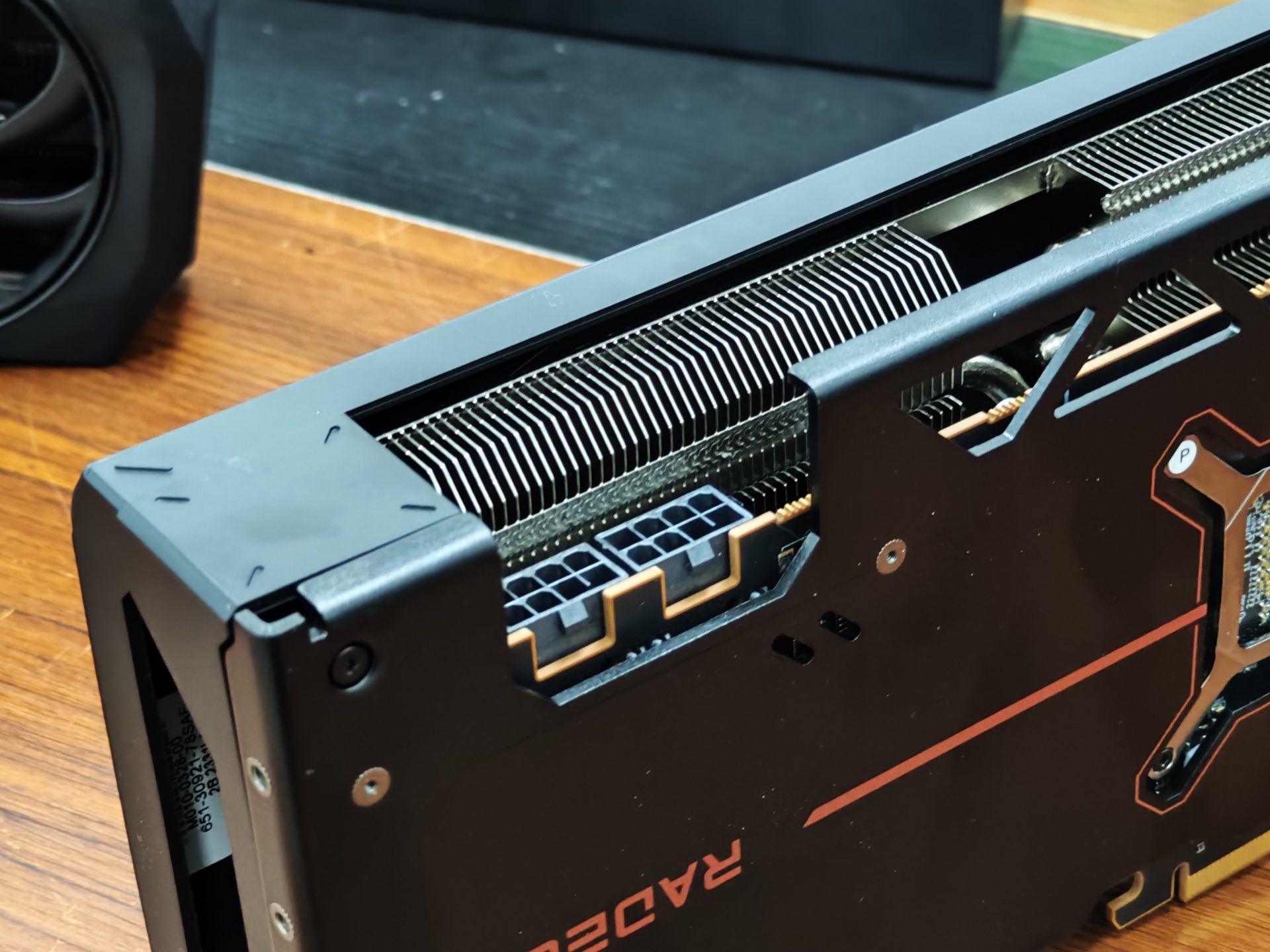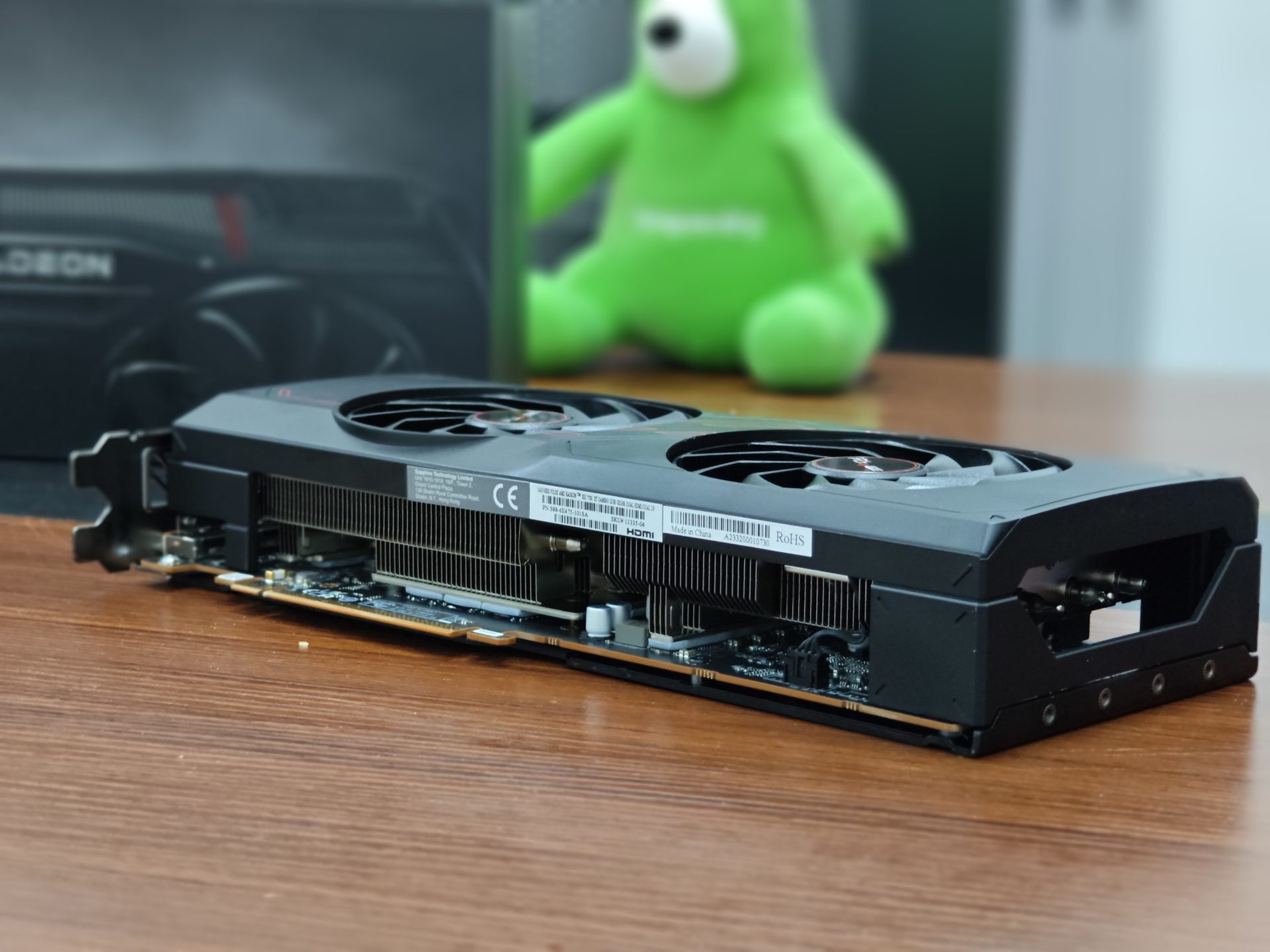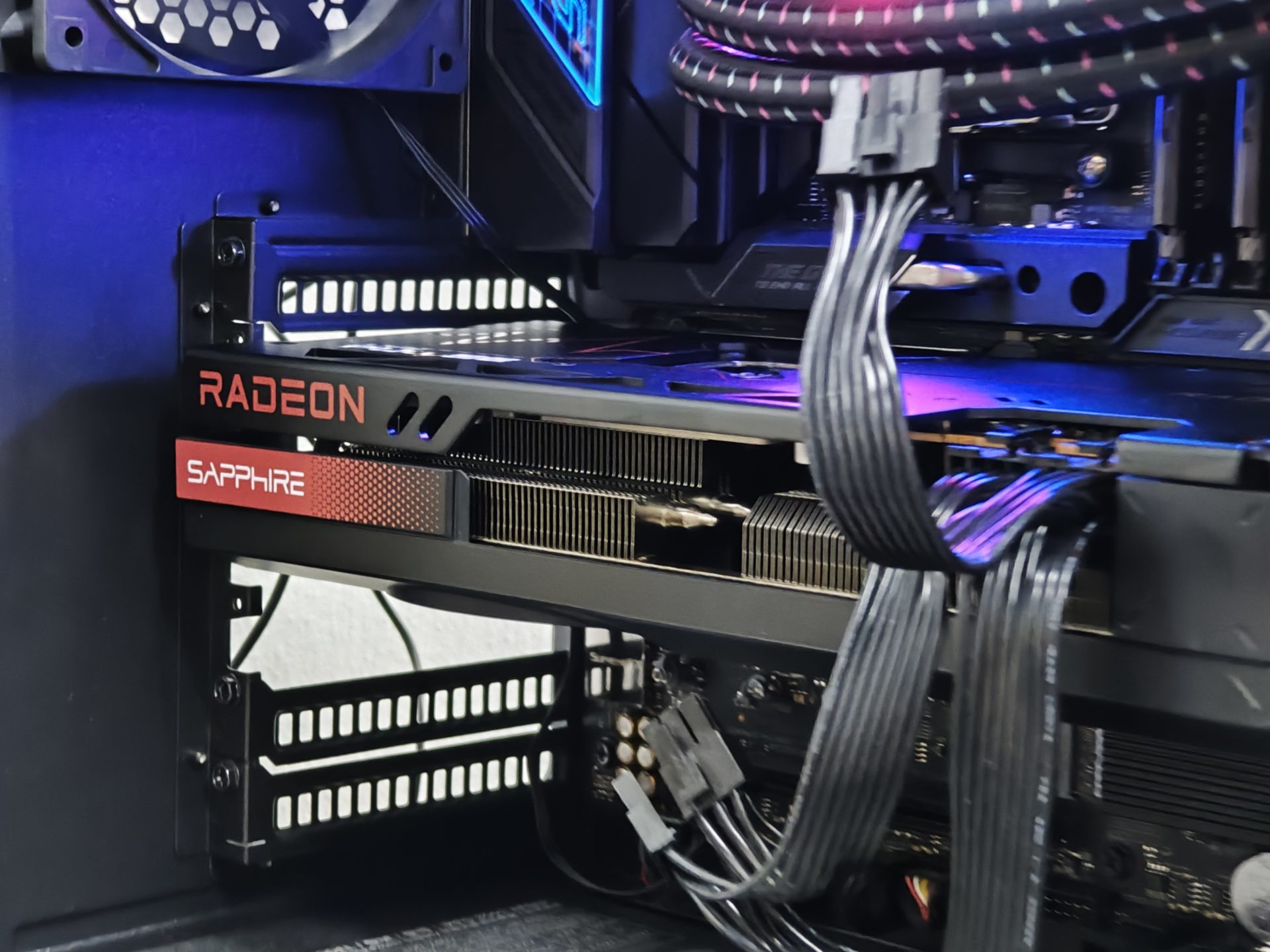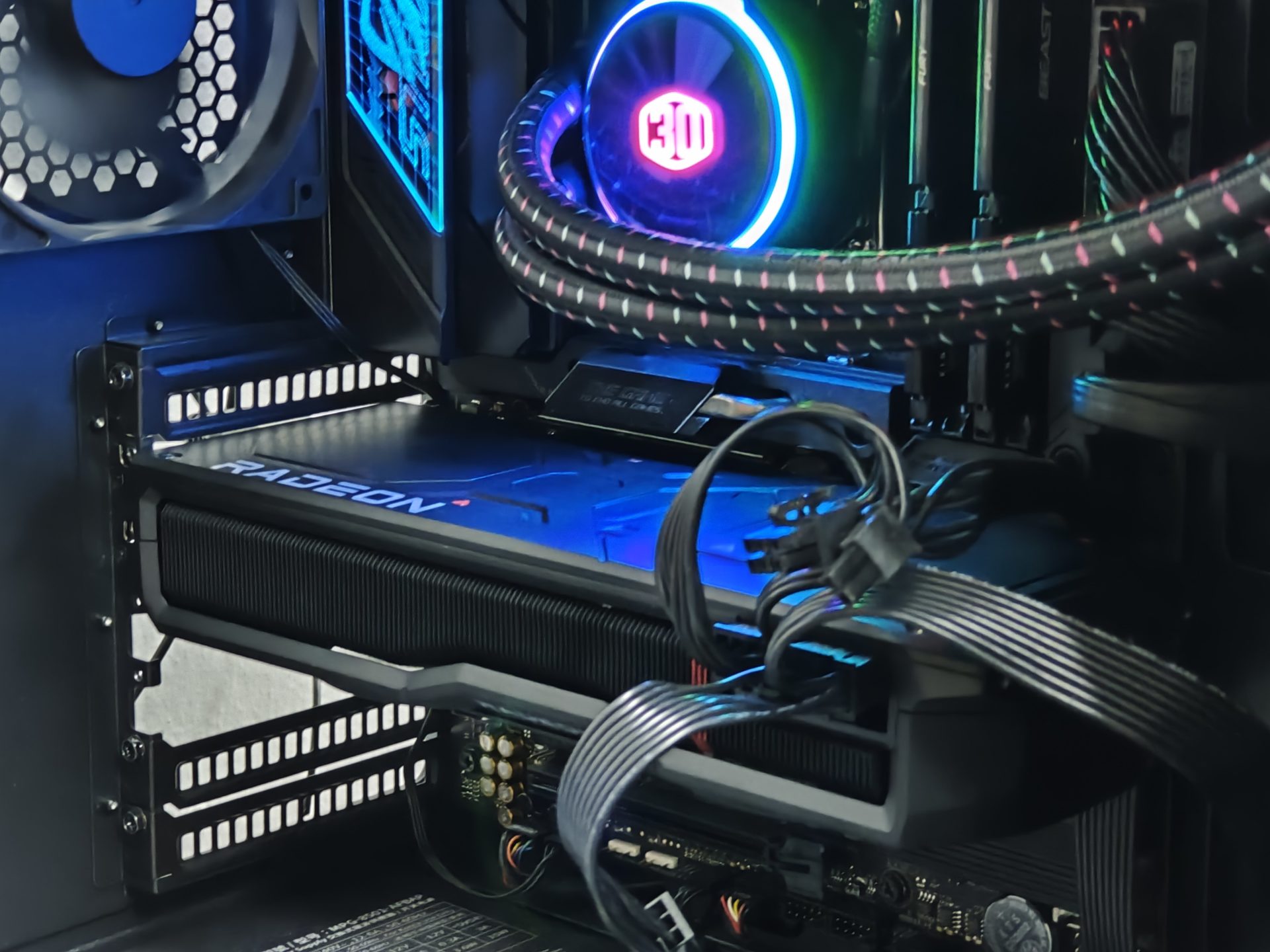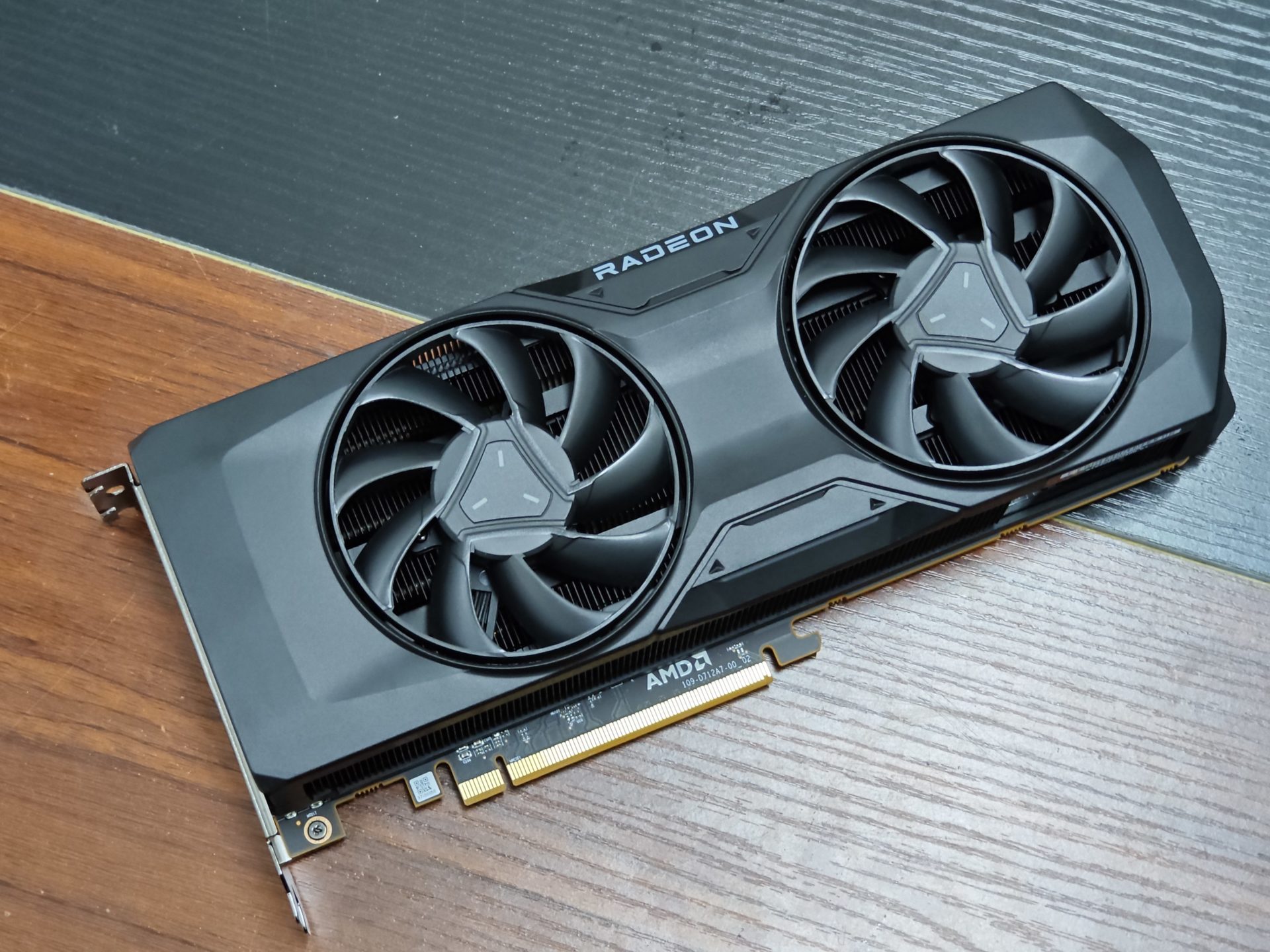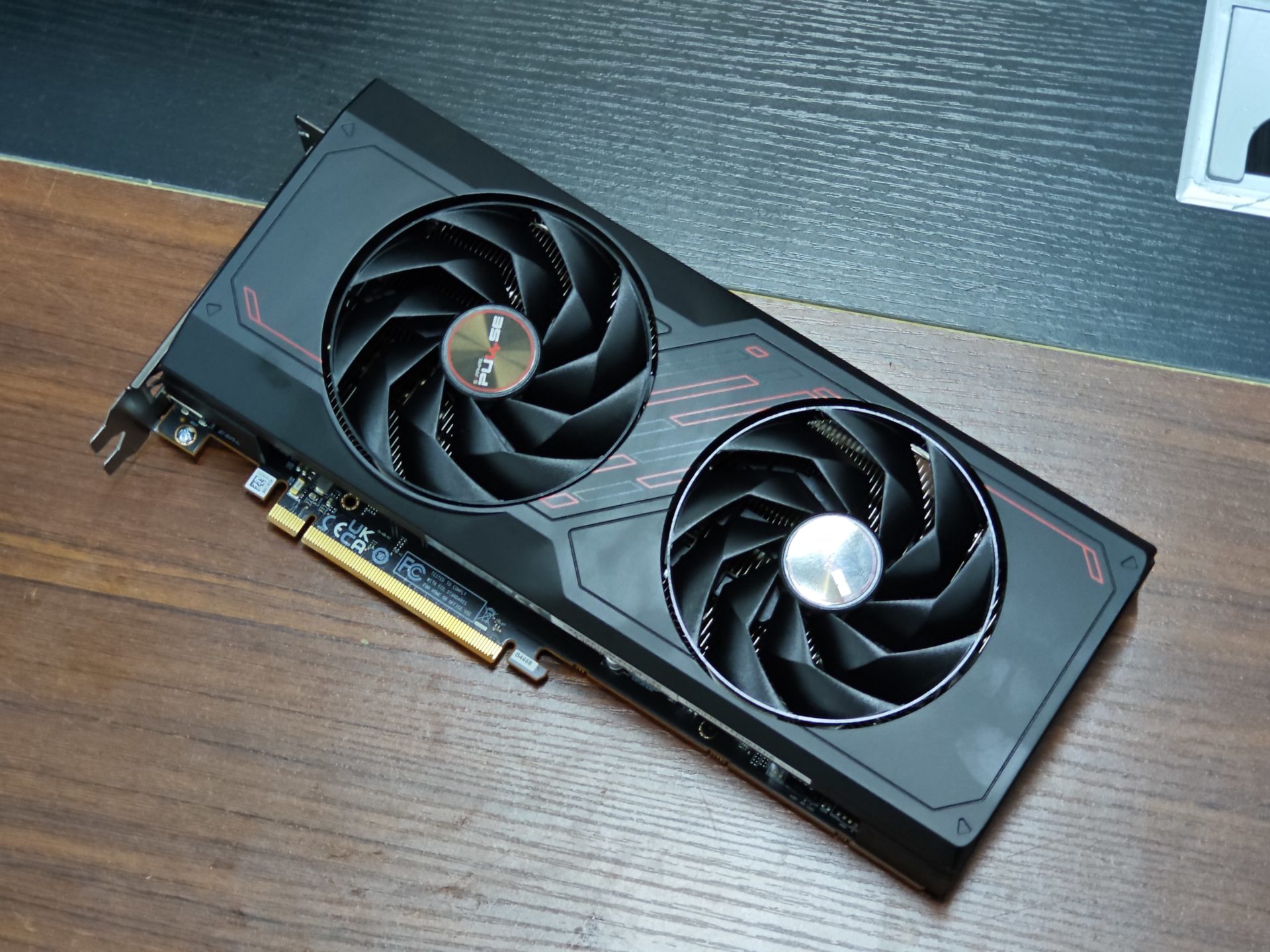With the increased affordability of higher resolution and refresh rate monitors, PC gamers are starting to make their upgrades. Based on the latest statistics done by Steam, gamers are starting to adopt 1440p gaming displays. This has resulted in a 44% year-on-year growth in terms of the number of 1440p displays used by gamers on Steam. No doubt, it seems that gaming on 1440p which was once a luxury, is starting to become mainstream, and perhaps the minimum standard for a good PC gaming experience.
Even though the number of gamers with 1440p displays has increased, many of them are still running on the previous generation’s graphics cards. This usually results in a sub-optimal gaming experience on 1440p displays, below the 60 FPS requirements. Based on such an understanding, AMD has decided to release the Radeon RX 7800 XT and RX 7700 XT Graphics Card to serve this group of gamers.
The Radeon RX 7800 XT and Radeon RX 7700 XT
The Radeon RX 7800 XT and Radeon RX 7700 XT are graphics cards that are designed for optimal 1440p gaming. These cards are based on the latest RNDA3 Graphics architecture, which features a few key innovative technologies from AMD, such as the Chiplet packaging design, new dedicated ray tracing accelerators, and the support for high clock speeds. Ultimately, these new features aim to make this series of graphics cards a worthy alternative to what the competition can provide in the PC gaming arena.
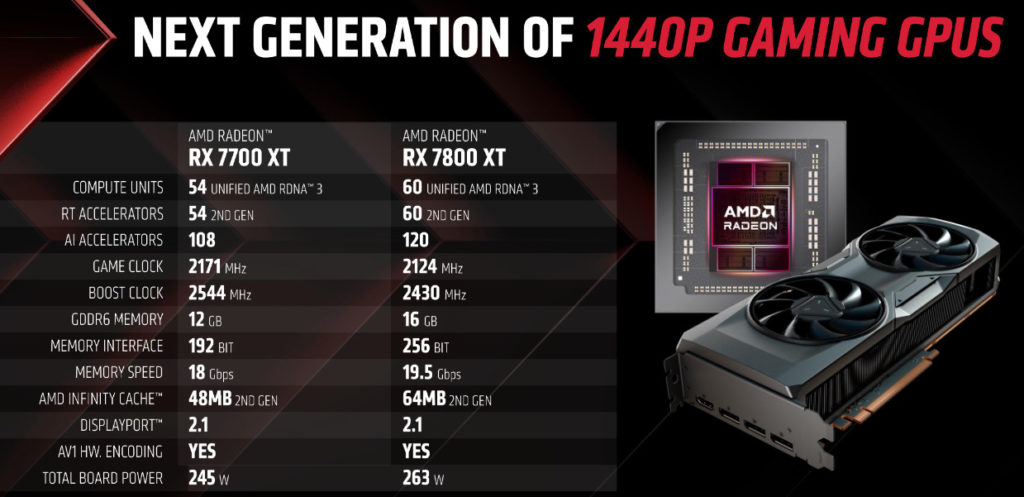
It has been quite some time since the last announcement of a new AMD graphics card. When the RX 7900 XTX / XT was launched in December last year, and then the RX 7600 in January this year, many were wondering when the other offerings between these two market segments would be released. 8 months later, the Navi 32 Radeon RX 7800 XT and RX 7700 XT are finally here.
Between this long waiting period, AMD wasn’t idling as well. They have focused a lot of their efforts on improving the software for their graphics card so that you can fully enjoy the best possible gaming experience. This includes the the latest AMD FidelityFX Super Resolution 3, as well as the new AMD HYPR-RX gaming profile which brings the system to a new level of performance, enabled just within its drivers.
AMD Radeon RX 7800 XT
AMD Radeon RX 7700 XT
Testing Objectives and Setup
Putting the graphics cards from the two camps into the same arena, we are going to compare the AMD Radeon RX 7800 XT, and Radeon RX 7700 XT graphics cards with NVIDIA’s GeForce RTX 4070. This should give us a better understanding of where the new cards stand, and if it is worth the purchase when the respective price points of the graphics cards are placed into consideration.
| Benchmark Test | Settings | API |
| 3DMark Time Spy | Default | DirextX12 |
| 3DMark Fire Strike | Default | DirectX11 |
| 3DMark Port Royal | Default | – |
| 3DMark Ray Tracing Feature Test | Default | – |
| Far Cry New Dawn | High | DirectX11 |
| Deus Ex Mankind Divided | High | DirectX12 |
| Total War Warhammer 2 (Battle) | High | DirectX11 |
| Tom Clancy Division 2 | High | DirectX12 |
| Assassins Creed Odyssey | High | DirectX11 |
| DOTA 2 | Best Looking | DirectX11 |
| Final Fantasy XV Benchmark | High | DirectX11 |
| World of Tanks enCore | Ultra | DirectX11 |
| F1 2018 Australia | High | Direct X11 |
| Shadow of the Tomb Raider | (1) High | DirectX12 |
| Middle Earth Shadow of War | High | DirectX11 |
| World War Z | Ultra | Vulkan |
| Dirt 5 | High(Ray Tracing Enabled) | DirectX12 |
| Specs | Main System |
| CPU | Ryzen 9 7900X |
| RAM | GSkill Trident Z5 DDR5 16GB x2 5600MHz |
| Main Storage | Kingston FURY Beast DDR5 16GB x 2 6000MHz |
| GPU | GIGABYTE GeForce RTX 4070 WINDFORCE OC 12G AMD Radeon RX 7600AMD Radeon RX 7800 XT SAPPHIRE Pulse AMD Radeon RX 7700 XT GAMING 12GB |
| Motherboard | ASUS ROG STRIX X670E-E Gaming WIFI |
| CPU Cooler | MasterLiquid PL360 Flux from Cooler Master |
| OS | Windows 10 Pro 64 bit |
| Drivers | NVIDIA 531.79 Adrenaline Software 23.20.01.05 |
*performance differences expected, as base systems differs
Performance and Benchmarks








Final Words and Conclusion
The AMD Radeon RX 7800 XT trade blows with the GeForce RTX 4070. Depending on the game titles tested with, there were times when the AMD Radeon RX 7800XT comes up on top, and times when the GeForce RTX 4070 is shown to perform faster. AMD is aiming to entice gamers to adopt their products here, as the RX 7800 XT comes with a SEP of USD 499, which is $100 less than the GeForce RTX 4070 with an SRP of USD 599.
The results have certainly shown that both the AMD Radeon RX 7800 XT and Radeon RX 7700 XT are very capable graphics cards for gaming at 1440p. They can perform well and could provide a great gaming experience beyond 60FPS for most games. However, the downside of these two cards is that they are slightly less efficient than the competition.
If getting the most value per dollar is at the top of your mind, then the AMD Radeon RX 7800 XT and RX 7700 XT which are priced at USD 499 and 449 respectively are two very compelling graphics cards to consider. Based on the raw performance numbers, they certainly live up to AMD’s claims.
Too late, too reactive?
Our only gripe was that these two graphics cards seemed to be released too late into the market. With NVIDIA’s advantage in releasing a 1440p-focused product with their latest architecture first, they have already received a significant foothold in this segment. AMD’s product release timing seemed off, as now it looks as if they are reactive to market demands, in hopes that their cheaper alternative to NVIDIA will sell.
Personally, I think that this move will backfire, as it hurts the company’s branding and image by being “cheaper”. Moreover, with RDNA4 products expected to be announced in 2024, it could be that these two new products could soon be outdated in less than a year.
Don’t get me wrong. Both AMD Radeon RX 7800 XT and Radeon RX 7700 XT are decent products. I just think that AMD isn’t portraying them in a way that gives justice to their products.


